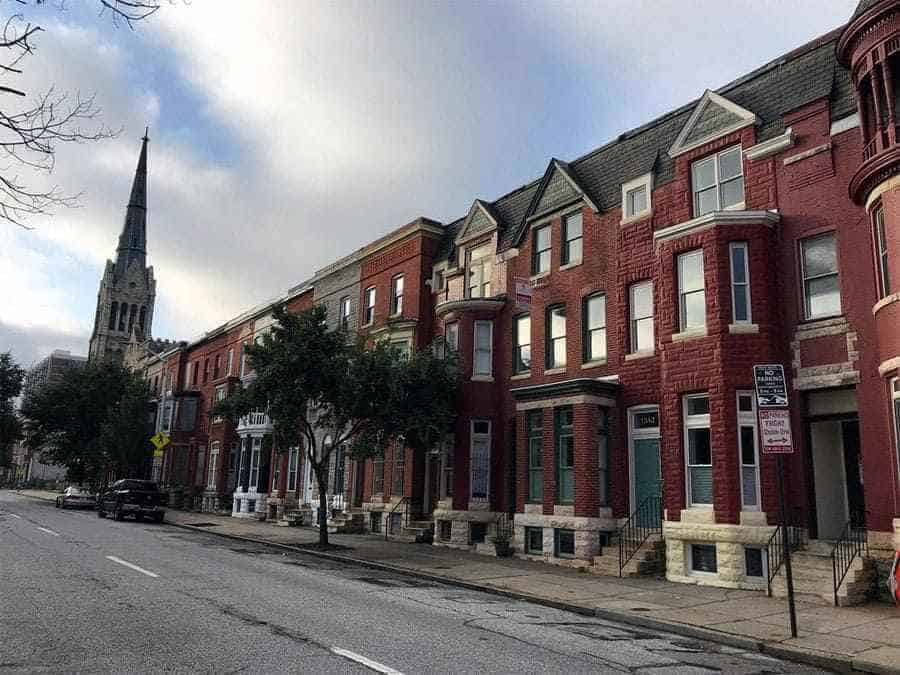
When I first started buying rental properties, I had no idea how to calculate rental cash flow. I just assumed the cash flow was “the rent minus the mortgage payment.”
I didn’t understand the irregular-but-enormous costs that dictate rental property cash flow. Costs like vacancy rate, repairs and maintenance, and additional accounting costs for each LLC. I also didn’t account for property management costs, foolishly dismissing them since “I’ll just manage the property myself.” Never mind that you never know when you’ll no longer be able to manage them, or that it’s a labor expense, whether you or someone else performs the labor.
But even if I’d known all that, I still wouldn’t have forecast the real estate cash flow accurately.
Why not?
Because low-income rental properties come with hidden costs that don’t appear in standard rental cash flow calculations.
At a Glance
-
- Lower-end rental properties come with hidden costs that aren’t easily calculated.
- Many of these costs arise from the higher labor required to chase down delinquent tenants for rent and undertake the eviction process (even if the renters do eventually catch up on rent before the final eviction date).
- Lower-end properties suffer more property damage, due to greater wear and tear from renters but also higher crime and vandalism rates. And you have to repaint, repair, and recarpet far more frequently due to higher turnover rates.
- Low-quality property managers and contractors also add hidden costs for property owners.
Hidden Rental Property Costs
I love our free rental income calculator. As I should — I built it myself! But for all that, it still misses some of the hidden costs that come with low-end rental properties.
Low-end properties come with expenses that don’t show up on paper. It’s one of the reasons why the cash flow and cap rates look so strong for low-income properties.
Before you run out and start buying cheap real estate, make sure you understand the following hidden costs.
1. Weak Pool of Tenants
Deni and I have said it countless times on our real estate investing podcast: The quality of your renters determines the quality of your returns.
I’ve bought properties for as little as $20,000. And then I was foolish enough to be surprised when few renters submitted rental applications to live there. Among those, I almost never saw tenant credit reports with scores over 600 (not a typo).
That led to a host of hidden costs and problems for me as a landlord. But the bottom line was that these renters didn’t live by the same social rules that I did. Most didn’t care about their credit at all, didn’t pay their bills on time, and didn’t treat my properties with care and respect.
That in turn led to many of the following hidden costs outlined below.
2. Greater Labor: Perpetually Late Rents
Do you know how tiring it is to constantly have to chase down tenants for the rent they owe?
I do. It’s exhausting.
In the middle-class bubble where I grew up, everyone paid their bills on time. It was just what you did; to default on a bill was humiliating. A point of shame.
When I bought my first rental property, I just assumed my renters would pay the rent on time every month. After all, I had certainly done so all my (brief) adult life.
Spoiler alert: they didn’t.
The first of the month would come and go. I’d send emails or texts, call them or send friendly reminder letters. Then the grace period would expire — still no rent.
If they did eventually deign to pay it, they didn’t include the late fee. So I had to decide how many late fees I’d let stack up before filing eviction on that.
And that says nothing of unpaid utility bills. Or, for that matter, the immense headaches of evicting a delinquent renter in a tenant-friendly jurisdiction.
3. Greater Labor: Evictions
After far too many renters took advantage of me with sob stories, I eventually learned a hard lesson. Some people will keep pushing your boundaries until you defend them.
I found I had to start serving eviction notices and begin the eviction process as soon as the rent grace period ended. Then I had to take off work to show up in rent court for the eviction hearing.
Assuming the judge actually sided with me (which was not guaranteed, even in the most cut-and-dry cases), I then had to wait around for another month or two, then call the sheriff’s office, wait on hold for a half hour, then schedule an eviction date.
After waiting more months, I then had to take off work again to show up for the actual eviction. And I had to pay contractors to show up, change the locks, and empty out all the abandoned junk left behind.
I can assure you that my stock investments never gave me trouble like this.
4. Unpaid Rents During Evictions
All that extra labor and headaches aside, the tenants lived rent-free during all those months of the eviction process.
“Don’t be such a privileged whiner. Surely you’re exaggerating.”
I’m not. In Baltimore City, where I was investing, it took between four and six months to evict a delinquent tenant. And that’s if everything went smoothly — which it often didn’t.
All too often, tenants showed up to the rent hearing with heart-wrenching sob stories for the judge. Never mind that they weren’t actually true, they worked: the judge often gave them rent extensions.
It once took me 11 months to get rid of a professional tenant. He knew every dirty trick in the book, including sabotaging the property and then claiming that the property didn’t meet housing codes (due to his damage).
When I eventually got him out, I’d paid the mortgage, utilities, property taxes, landlord insurance, and other costs for him to live for free for a year.
Word to the wise: If you invest in low-income rental properties, buy rent default insurance. Try either The Guarantors or Steady for reputable insurers.
5. High Turnover Rates
Turnovers are where the overwhelming majority of expenses and labor lie for landlords.
You often have to repaint the unit (thousands of dollars), recarpet the unit (thousands of dollars), fix dozens of small punch-out issues (hundreds or thousands of dollars), and give the property a deep clean (hundreds of dollars).
And that says nothing of your labor in advertising the property for rent, showing the property to prospective tenants, collecting rental applications, running tenant screening reports, calling employers and landlord references, signing new lease agreements, doing the pre-move-in inspection, storing the security deposit in accordance with state law, and handing over the keys. All while not collecting rent for your property.
Woof.
The longer a renter stays, the lower the landlord’s expenses. So just imagine how much it costs when you constantly chase down and evict delinquent tenants and constantly have to turn over vacant units.
6. Crime & Vandalism
In low-end neighborhoods, crime and vandalism can become very real problems and expenses.
I’ve had properties broken into by squatters and partiers. I’ve also had properties broken into for theft, as appliances and copper pipes disappeared.
Even my air conditioning condensers have been ripped apart for the copper tubing inside. I feel myself starting to shake with rage just thinking about it, many years later.
Good luck finding the “losses due to crime and vandalism” field in a rental cash flow calculator.
7. Weak Available Property Managers
Property managers get paid based on the percentage of rent that they collect.
So why in the world would property managers take on all these additional headaches for low-income properties, just to take a lower commission for their extra work?
The answer: they don’t. At least the good ones don’t, because they don’t have to.
That leaves you with the dregs of property managers, those willing to accept the worst work. Don’t expect them to go above and beyond for you — in fact, don’t expect quality work from them at all.
Which means you need to double-check all their work, which entirely defeats the purpose of hiring a property manager in the first place.
8. Unprofessional Low-Cost Contractors
Low rents and property values don’t justify high-cost contractors. If you paid a high-end contractor to renovate a low-end property, you’d quickly find yourself upside-down.
Once again, that leaves you with low-cost, low-quality contractors. You have to constantly check the quality of their work, constantly send them back in to fix it and do it properly. And that’s if they show up to the job at all, which they don’t half the time.
I found that low-end contractors didn’t show up for appointments on time, didn’t return my calls promptly, and only felt a bee in their bonnet when they needed the money desperately.
In other words, these aren’t the guys that put in your new patio and pool. If you had trouble wrangling them, just imagine how hard it is to manage the lowest-cost contractors that work on cheap properties.
9. Section 8 Inspector-Mandated “Repairs”
Thinking about accepting Section 8 tenants for guaranteed rent payments on the government portion of the rent?
The problem with Section 8 inspectors is that they’re incentivized to write up your property for repairs. After all, it’s how they prove to their supervisor that they hit every house on their rounds.
So every year like clockwork, inspectors for my Section 8 properties would write up several thousand dollars worth of “needed repairs” in their reports. Which would eat up my cash flow for the entire year.
It’s why I stopped accepting Section 8 renters, even though the government actually paid the rent (unlike cash tenants). It was just too expensive to feed the bureaucratic beast.
How I Invest Today
After years of people calling me a slumlord simply because I provided low-income housing, I sold all my properties in disgust and walked away.
But that doesn’t mean I stopped investing in real estate.
As an expat spending most of the year overseas, I now practice passive real estate investing. That includes real estate crowdfunding platforms, private notes, fractional real estate ownership, and real estate syndications.
I don’t have to worry about chasing down non-paying tenants or filing eviction or showing up to rent court. I just collect dividends, interest, distributions, and my share of the profit when properties sell.
Today, my real estate investments take up no more of my time or headspace than my stock ETFs do.
Final Thoughts on Hidden Real Estate Costs
Don’t get me wrong, the expenses outlined above aren’t exclusive to low-income properties. Sometimes middle- and higher-income tenants default too, or cause property damage, or any number of other issues.
But it happens a lot less frequently.
Don’t believe me? Go buy up low-end rental properties, solve the affordable housing crisis, and come back and talk to me in a few years about your experiences. I’m sure we’ll be able to trade plenty of war stories.♦
What have your experiences with low-income investment properties been? If you plan to invest in low-income rental properties, how do you plan to protect yourself from the risks and hidden costs outlined above?
More Real Estate Investing Reads:
About the Author

G. Brian Davis is a real estate investor and cofounder of SparkRental who spends 10 months of the year in South America. His mission: to help 5,000 people reach financial independence with passive income from real estate. If you want to be one of them, join Brian and Deni for a free class on How to Earn 15-30% on Fractional Real Estate Investments.

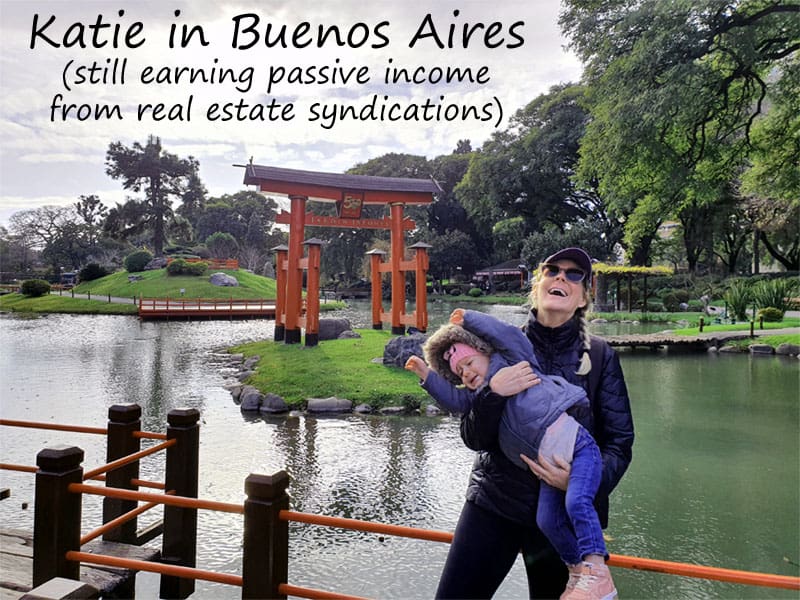







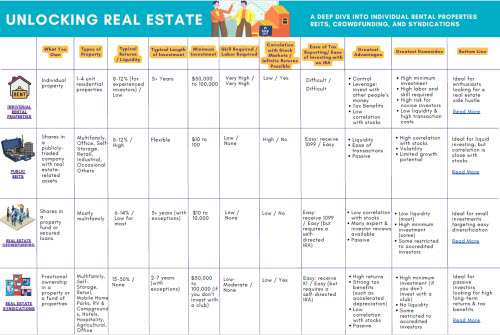








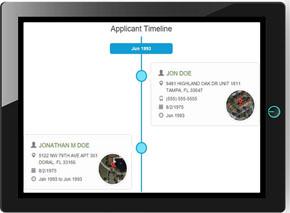




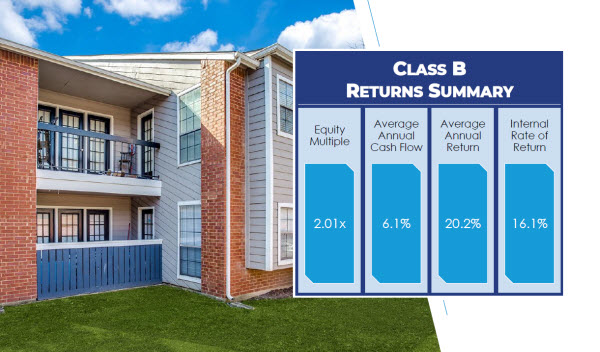

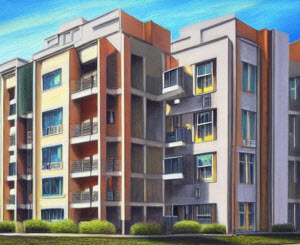

Wow, this definitely made me rethink my approach to real estate investing and the importance of considering these hidden costs in my future plans. I’ll surely include these in my drawing board.
Glad to hear it got you thinking Wayne!
Some issues here I’d never thought about, which I suppose is your point. Thanks for the provocative thoughts!
Absolutely M.!
When I first started investing in real estate, I bought lower-cost properties. Then I learned some of these hard lessons firsthand. Now I only invest in “B” class properties or higher.
I hear you loud and clear Funk Rentals!
To protect yourself from the risks and hidden costs when investing in low-income rental properties, it is crucial to utilize reliable tenant screening tools. These tools have been tried and tested to help ensure responsible tenants, providing an extra layer of protection.
Thorough tenant screening makes a huge difference!
I recommend creating a strong lease agreement that lays out important details like when rent is due, what happens if it’s paid late, how evictions work, and the rules about taking care of the property. This can help stop tenants from being late with their rent all the time and make sure they know what could happen if they don’t pay. Also, it’s a good idea to keep a cash deposit, which might be bigger for riskier tenants. I know it might not seem completely fair, but it’s okay to treat tenants differently. If someone seems unreliable, it’s okay to ask for more deposit money. This can help protect you from potential problems down the road.
Higher risk tenants require more risk mitigation!
It’s eye-opening how factors like weak tenants, high turnover rates, and unexpected repairs can add up. Look at the bigger picture when it comes to investing in low-end rentals.
Amen Madeleine!